Growing fresh mushrooms at home has never been easier or more rewarding. Whether you're dreaming of harvesting your own oyster mushrooms, shiitake, or even learning about exotic varieties like chanterelle mushrooms, the right mushroom grow kit can transform your kitchen counter into a productive mini-farm. This comprehensive guide will help you choose the perfect mushroom grow kit for beginners and master the art of indoor mushroom cultivation.
Why Choose a Mushroom Grow Kit for Home Growing?
Mushroom grow kits offer the perfect entry point into the fascinating world of fungi cultivation. Unlike foraging for wild chanterelle mushrooms or other varieties, grow kits provide a controlled, safe environment where beginners can learn the basics without the complexity of substrate preparation or spawn production.
These kits typically include pre-inoculated substrate blocks that are ready to fruit, eliminating the guesswork and technical challenges that often discourage newcomers. With proper care, most mushroom grow kits can produce multiple flushes of fresh mushrooms over several weeks, providing excellent value and continuous harvests.
Top Mushroom Varieties for Beginner Growers
Oyster Mushrooms: The Perfect Starter Choice
Oyster mushrooms rank as the most beginner-friendly option for home cultivation. These mushrooms grow quickly, tolerate environmental fluctuations, and produce impressive yields. Unlike the elusive chanterelle mushrooms that require specific forest conditions, oyster mushrooms thrive in simple home setups.
The Lykyn Smart Mushroom Grow Chamber makes oyster mushroom cultivation incredibly straightforward, with automated humidity and airflow control that ensures optimal growing conditions.
Shiitake Mushrooms: Flavorful and Rewarding
Shiitake mushrooms offer exceptional flavor and are relatively easy to grow using substrate blocks. These mushrooms prefer slightly cooler temperatures and take longer to develop than oyster mushrooms, but the wait is worth it for their rich, savory taste.
Lion's Mane: The Gourmet Choice
Lion's Mane mushrooms provide a unique texture and appearance that makes them perfect for plant-based cooking. Their distinctive cascading white spines create an impressive visual display as they grow.
Essential Equipment for Mushroom Growing Success
Smart Growing Systems vs. Traditional Methods
Modern mushroom cultivation has evolved significantly from traditional methods. While experienced foragers might seek out chanterelle mushrooms in forest environments, home growers benefit from controlled systems that automate the growing process.
The Lykyn Mushroom Grow Kit represents the cutting-edge of home mushroom cultivation, featuring:
-
Automated humidity control with ultrasonic atomizer
-
Variable speed fans with HEPA filtration
-
Smart sensors for temperature and humidity monitoring
-
Mobile app integration for easy management
Basic Equipment for DIY Setups
For those preferring a more hands-on approach, essential equipment includes:
-
Spray bottles for misting
-
Plastic containers or bags for humidity chambers
-
Thermometer and hygrometer for monitoring
-
Clean water source
-
Proper ventilation setup
Setting Up Your Mushroom Growing Environment
Creating the Perfect Mushroom House
Your mushroom growing space doesn't need to be elaborate. A spare room, basement corner, or even a kitchen counter can serve as an effective mushroom house. The key factors include:
Temperature Control: Most mushrooms prefer temperatures between 60-75°F (15-24°C). Unlike chanterelle mushrooms that depend on seasonal forest temperatures, cultivated varieties adapt well to consistent indoor conditions.
Humidity Management: Mushrooms require 80-95% humidity during fruiting. The Lykyn Smart Chamber automatically maintains these levels, eliminating the guesswork for beginners.
Air Circulation: Fresh air exchange prevents carbon dioxide buildup and contamination. Proper ventilation ensures healthy mushroom development.
Room Preparation Essentials
Before starting your mushroom growing journey, prepare your space by:
-
Cleaning and sanitizing all surfaces
-
Ensuring adequate ventilation
-
Setting up temperature and humidity monitoring
-
Organizing your growing equipment
-
Creating a schedule for maintenance tasks
Step-by-Step Growing Process
Initial Setup and Substrate Preparation
Most mushroom grow kits arrive with pre-prepared substrate blocks, but understanding the process helps ensure success:
-
Unpack your kit carefully and inspect the substrate block
-
Soak the block if required (varies by kit type)
-
Place in your growing chamber with proper spacing
-
Begin the fruiting process by adjusting humidity and temperature
Daily Care and Maintenance
Successful mushroom cultivation requires consistent attention:
-
Morning misting: Maintain surface moisture without oversaturating
-
Monitoring conditions: Check temperature and humidity levels
-
Air circulation: Ensure fresh air exchange
-
Observation: Watch for contamination signs or growth issues
Harvesting Your Mushrooms
Knowing when to harvest ensures the best flavor and texture:
-
Oyster mushrooms: Harvest when caps are fully developed but still slightly convex
-
Shiitake: Pick when caps are 80% open
-
Lion's Mane: Harvest when spines are well-developed but still white
FAQ Section
How to prepare a mushroom house?
Preparing a mushroom house involves creating a clean, controlled environment with proper temperature (60-75°F), humidity (80-95%), and air circulation. Start by sanitizing your space, installing ventilation, and setting up monitoring equipment. Choose a location away from direct sunlight with consistent temperatures.
Does mushroom need air to grow?
Yes, mushrooms require fresh air exchange to grow properly. While they need high humidity, stagnant air leads to carbon dioxide buildup, which can cause abnormal growth patterns and contamination. Proper ventilation removes excess CO2 and provides the oxygen necessary for healthy mushroom development.
How to prepare a room for mushroom growing?
Room preparation involves cleaning thoroughly, ensuring proper ventilation, maintaining consistent temperature (60-75°F), and organizing your equipment. Install humidity control systems, set up monitoring tools, and create a maintenance schedule. The room should be away from direct sunlight and have good air circulation.
What's the difference between wild and cultivated mushrooms?
Wild mushrooms like chanterelle mushrooms grow in specific forest environments and require extensive knowledge for safe identification. Cultivated mushrooms are grown in controlled conditions using sterile techniques, making them safer and more predictable for beginners.
How long does it take to grow mushrooms from a kit?
Most mushroom grow kits begin producing mushrooms within 7-14 days of setup. The timeline varies by species: oyster mushrooms are fastest (5-10 days), while shiitake may take 2-3 weeks. Multiple flushes can continue for 2-3 months from a single kit.
Summary
The best mushroom grow kit for beginners combines ease of use with reliable results. While wild varieties like chanterelle mushrooms require extensive foraging knowledge, home cultivation offers a safer, more predictable path to fresh mushrooms. Smart growing systems like the Lykyn chamber automate the complex environmental controls, while traditional kits provide hands-on learning opportunities. Success depends on maintaining proper humidity, temperature, and air circulation in your growing space.
Ready to Start Your Mushroom Growing Journey?
Don't wait to begin your exciting adventure into mushroom cultivation. Whether you're interested in growing gourmet varieties at home or learning about the fascinating world of fungi, the right mushroom grow kit makes all the difference. Start with a beginner-friendly system, master the basics, and gradually expand your growing capabilities. Your fresh, homegrown mushrooms are just days away from becoming a reality.
Choose a quality mushroom grow kit today and discover the satisfaction of harvesting your own fresh mushrooms right from your kitchen counter. The journey into urban mushroom farming begins with a single spore – make yours count.

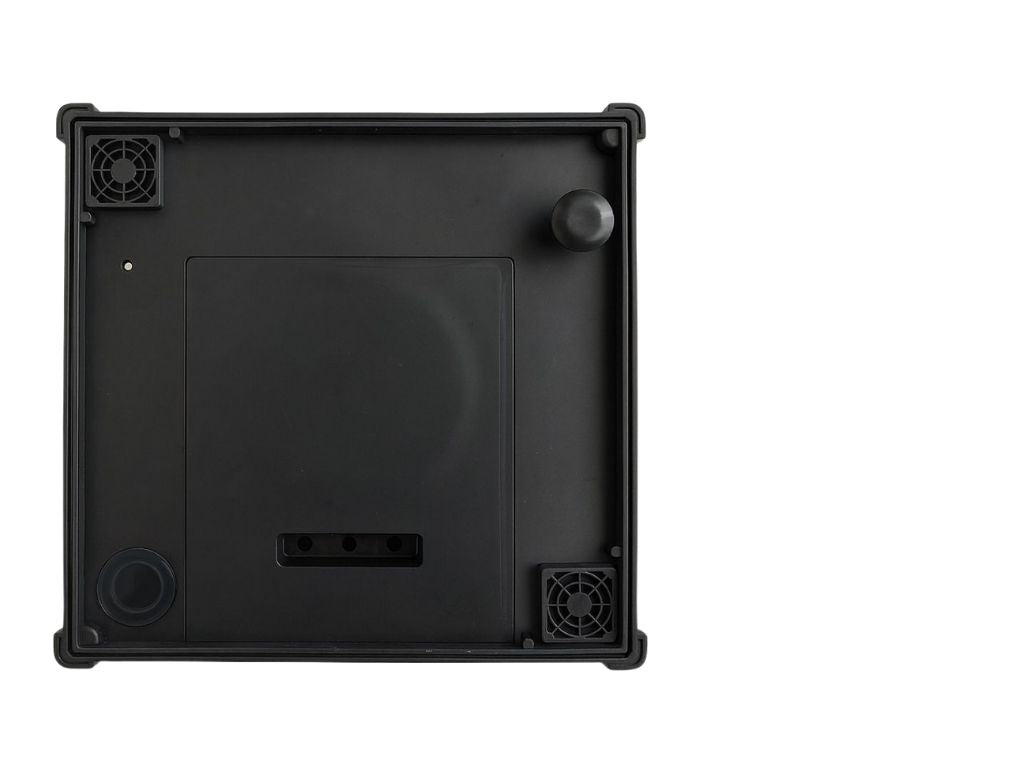


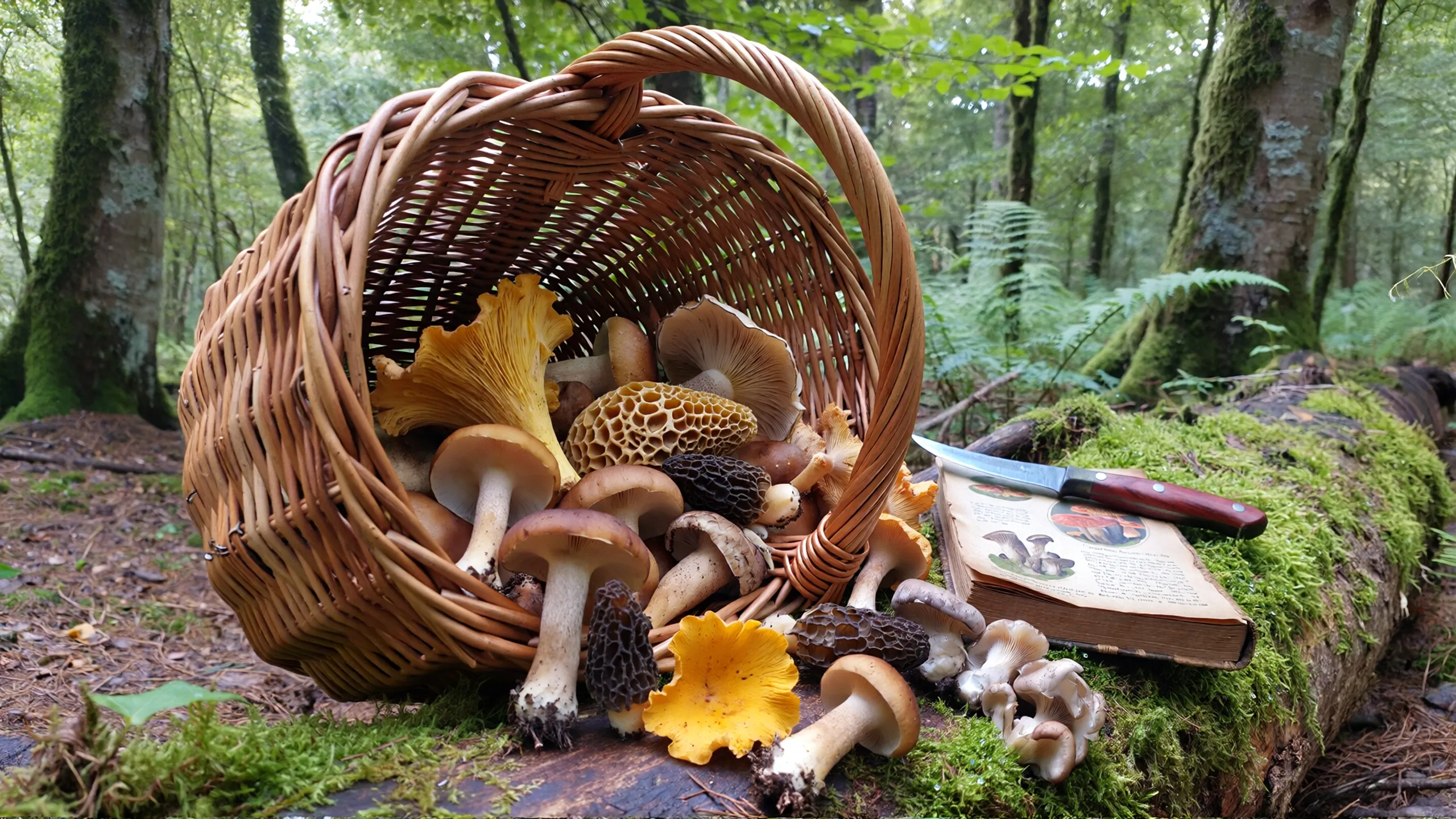

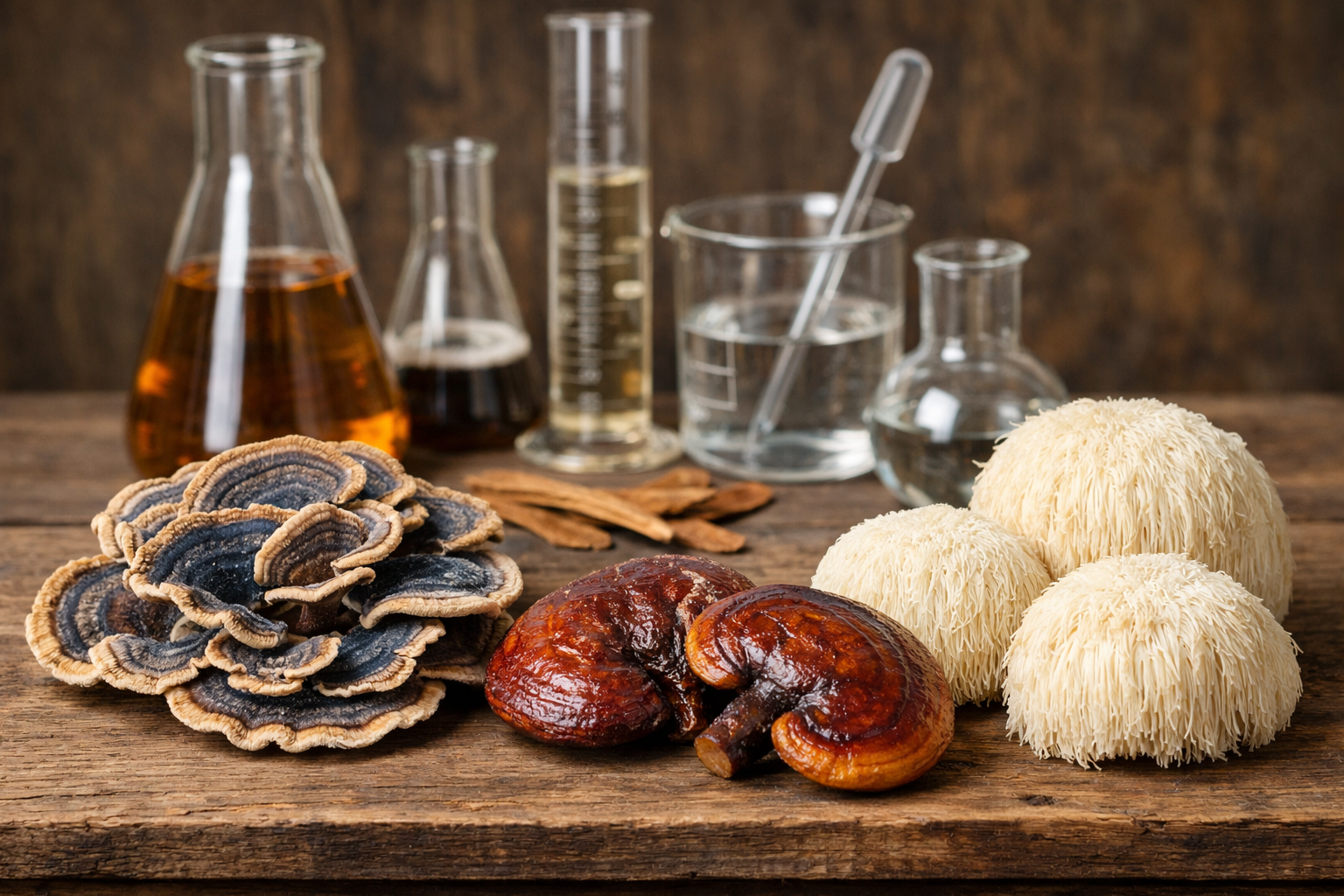
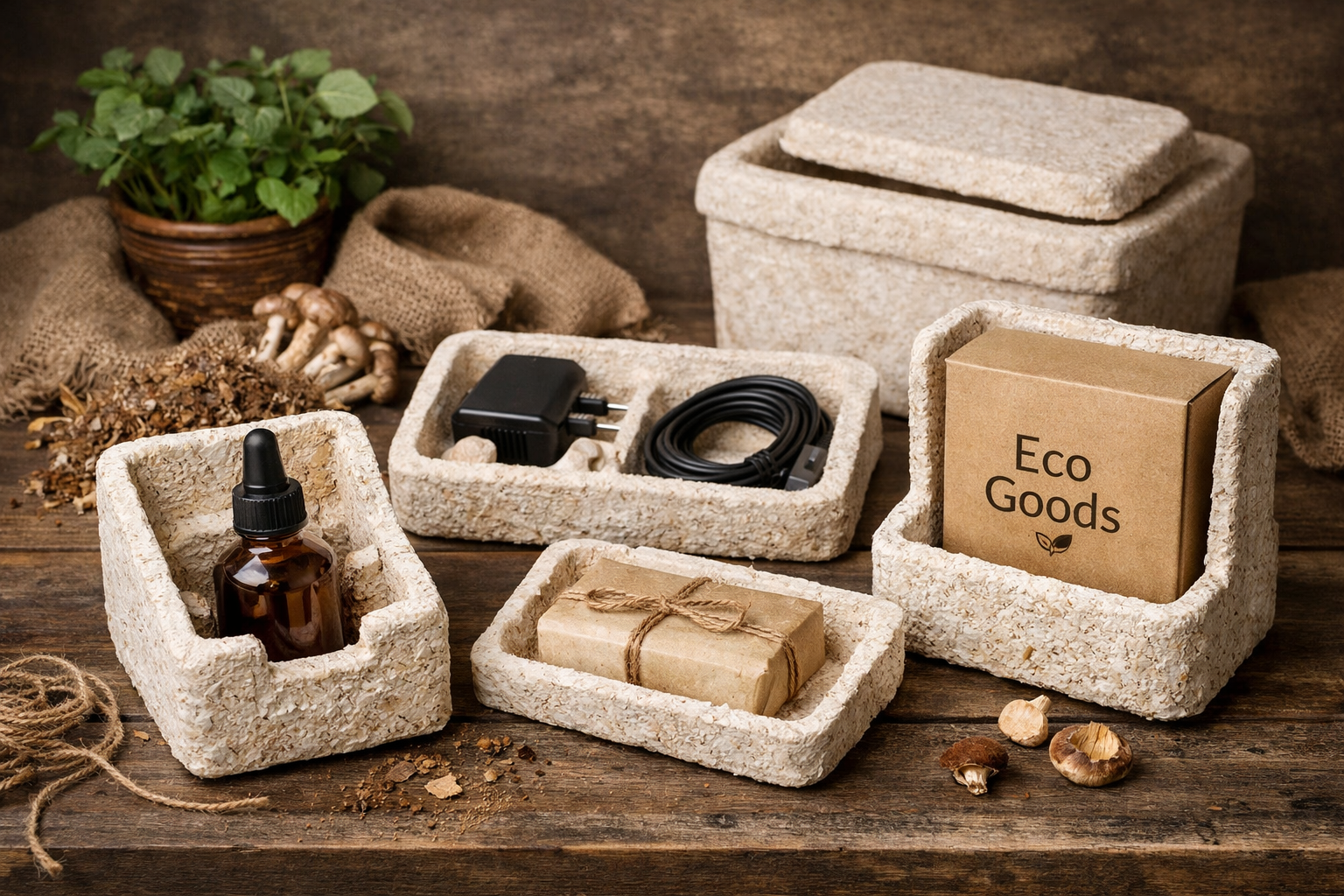

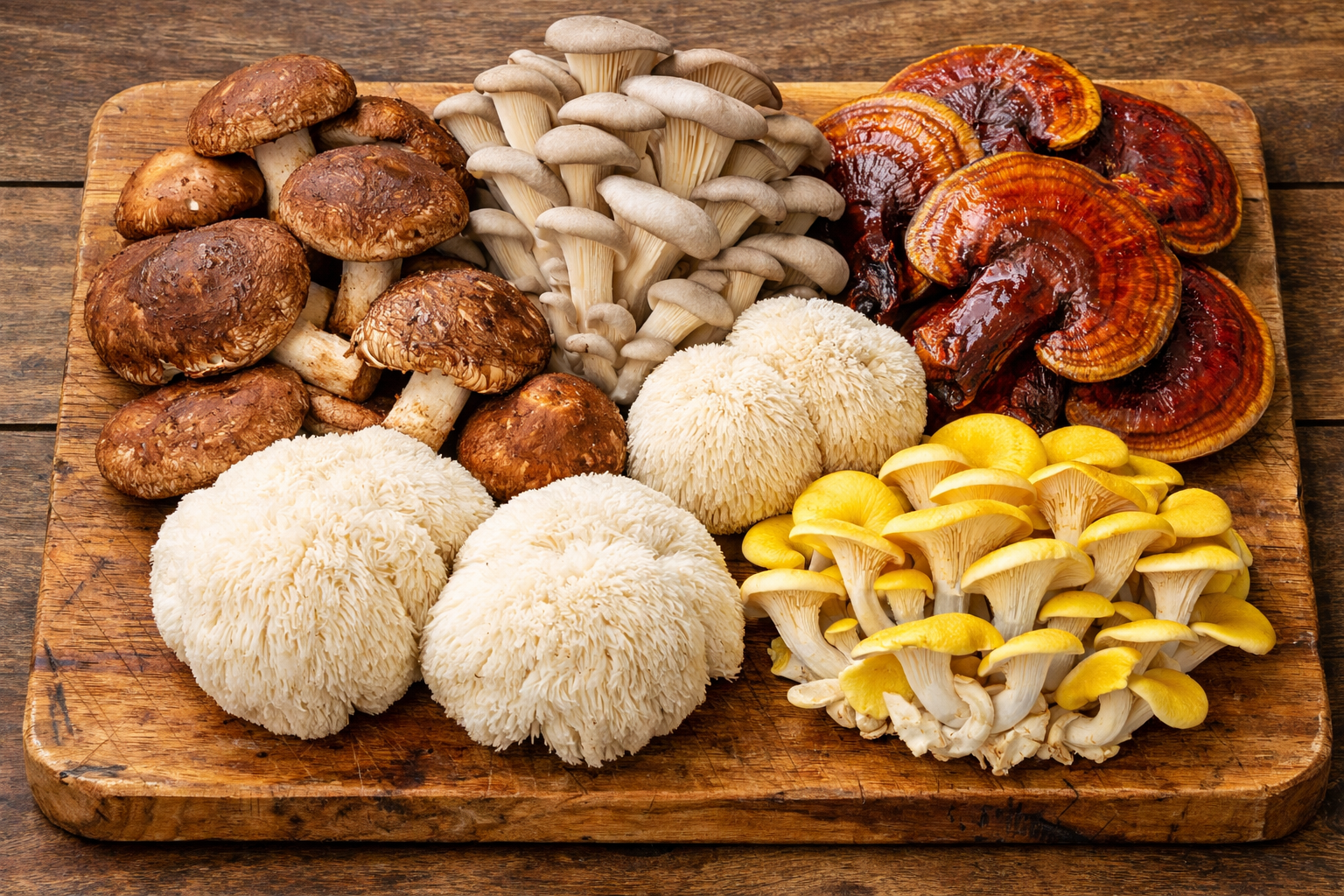
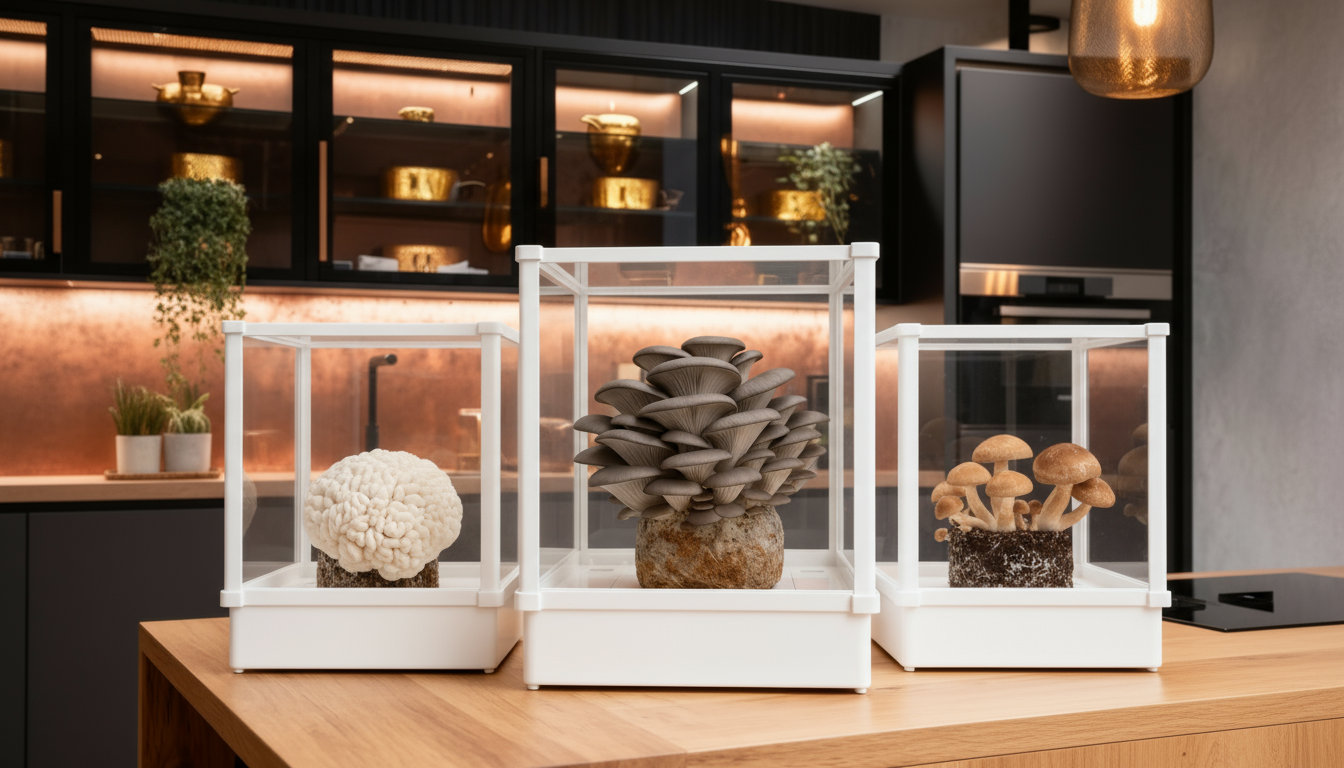
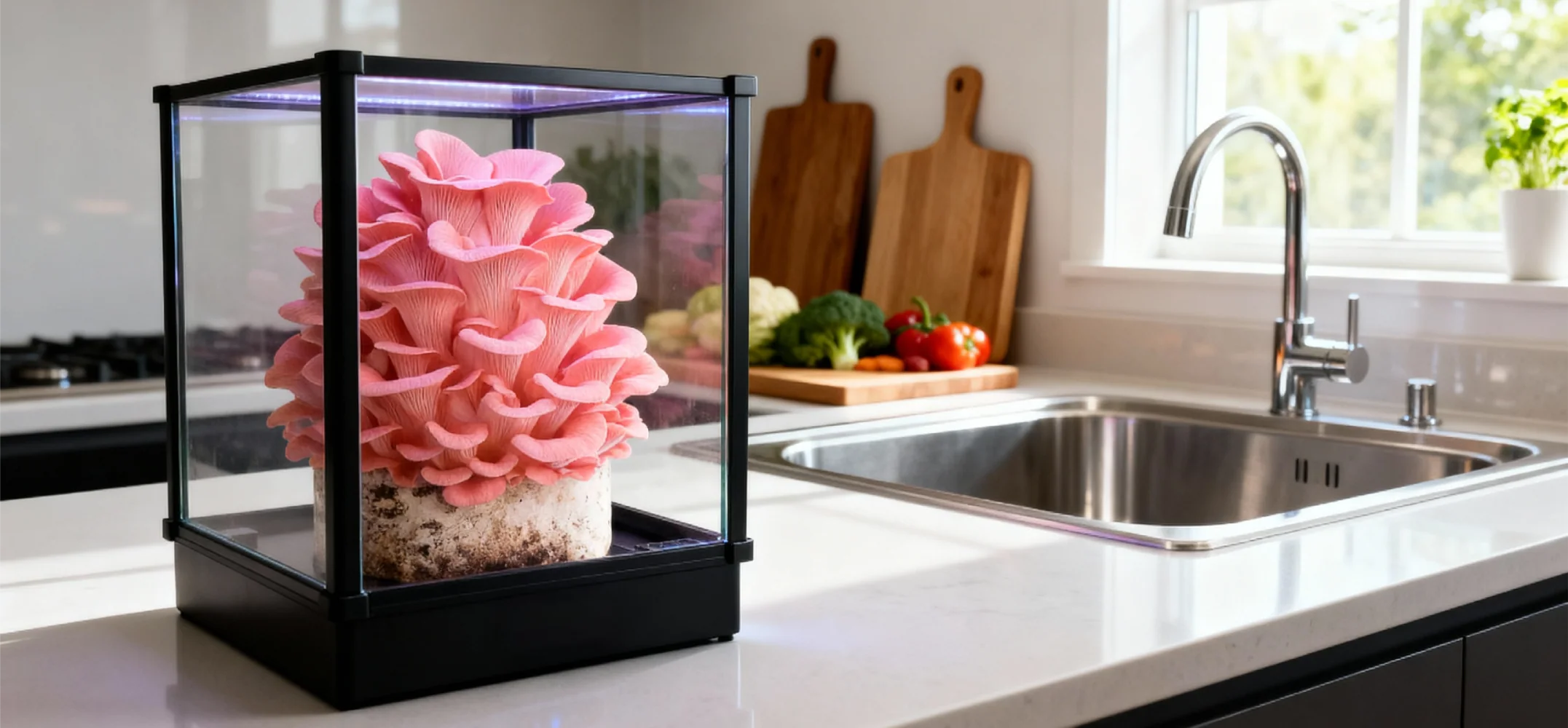
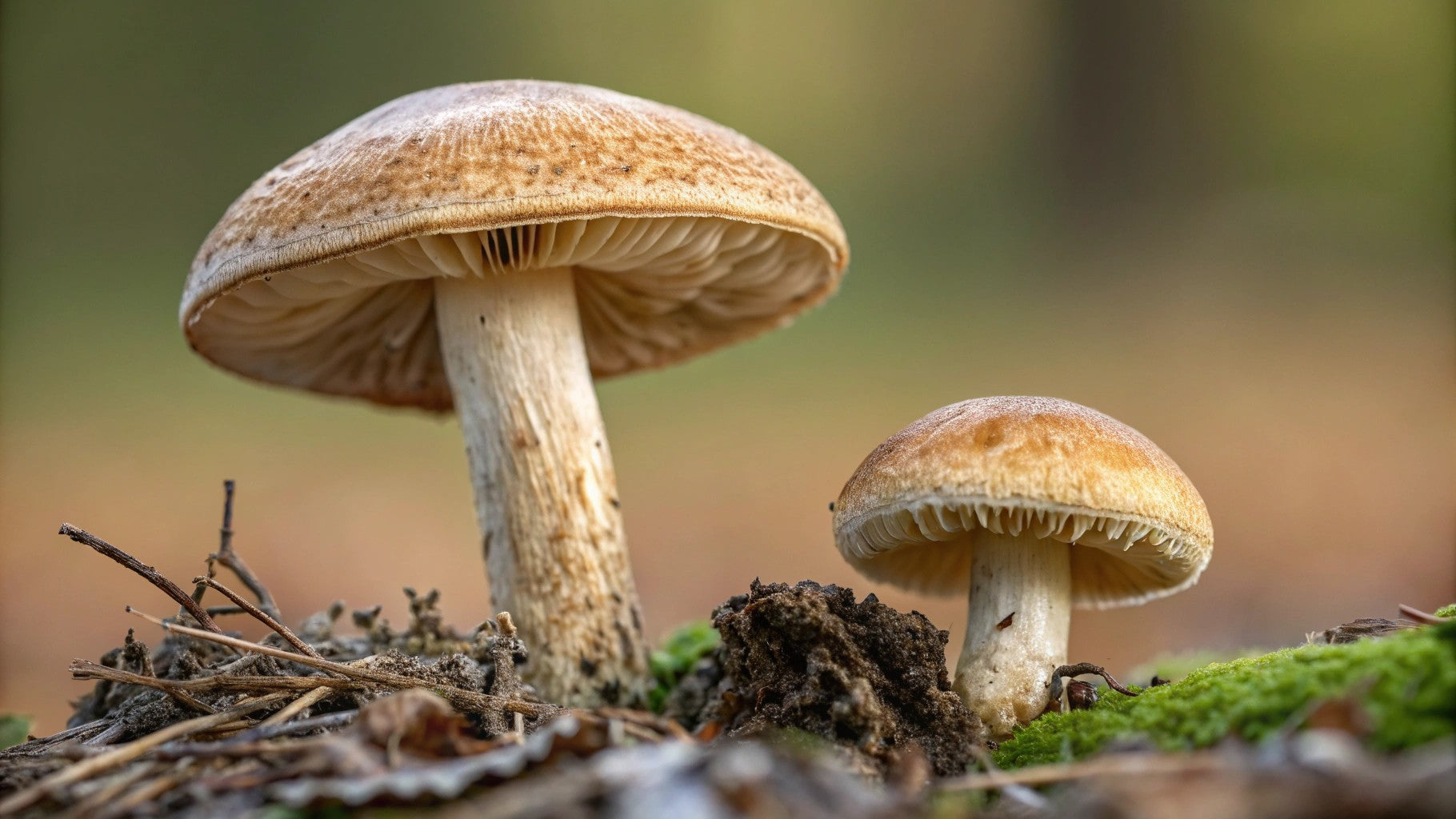
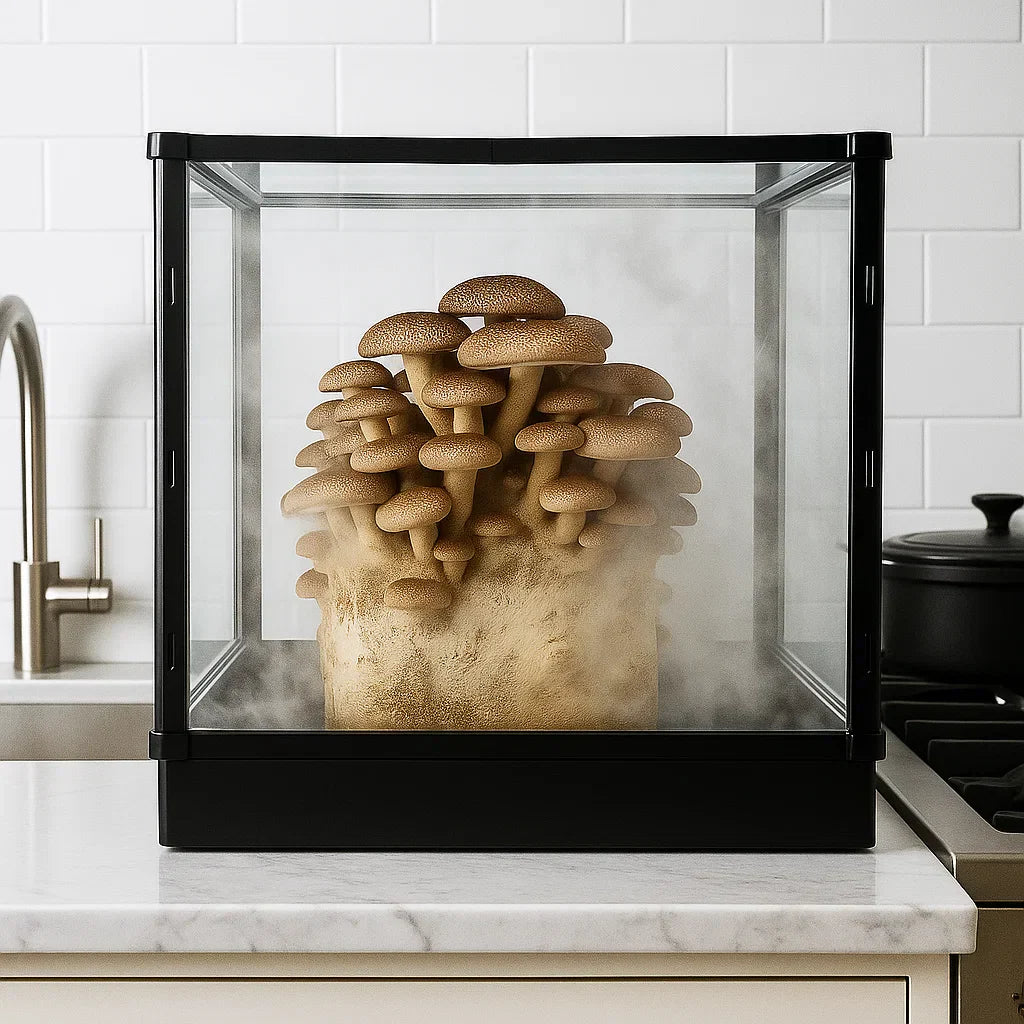
Share:
How Long Does Mushroom Liquid Culture Last: Complete Storage and Viability Guide
How to Grow Mushrooms in a Bag: The Complete Beginner's Guide to Home Cultivation